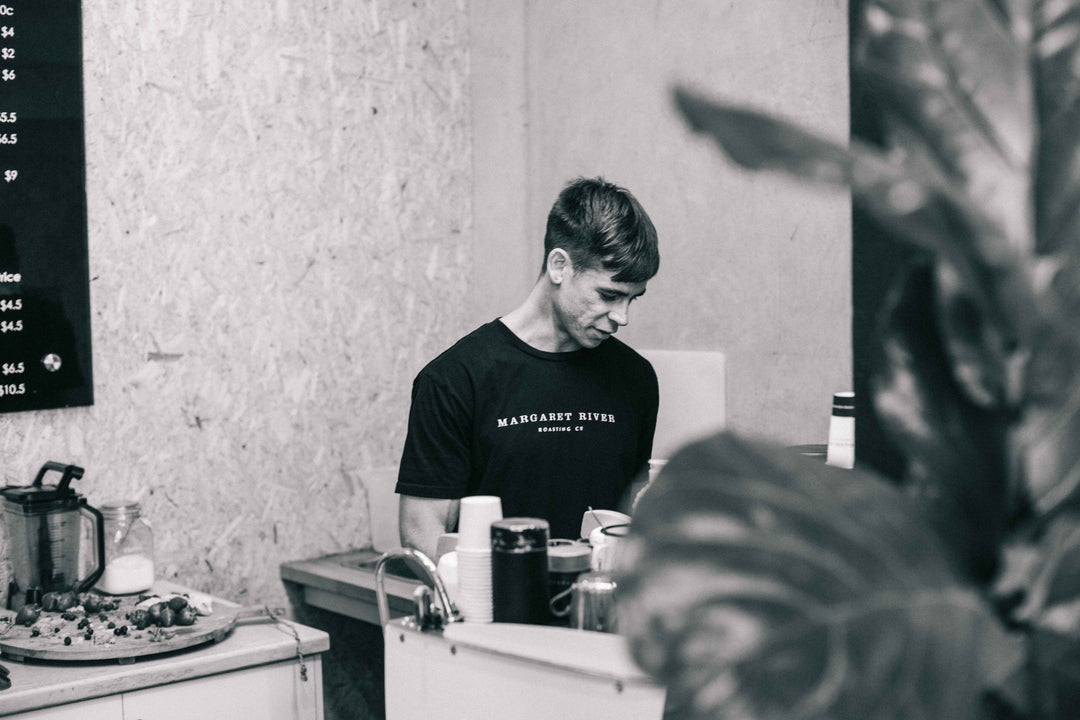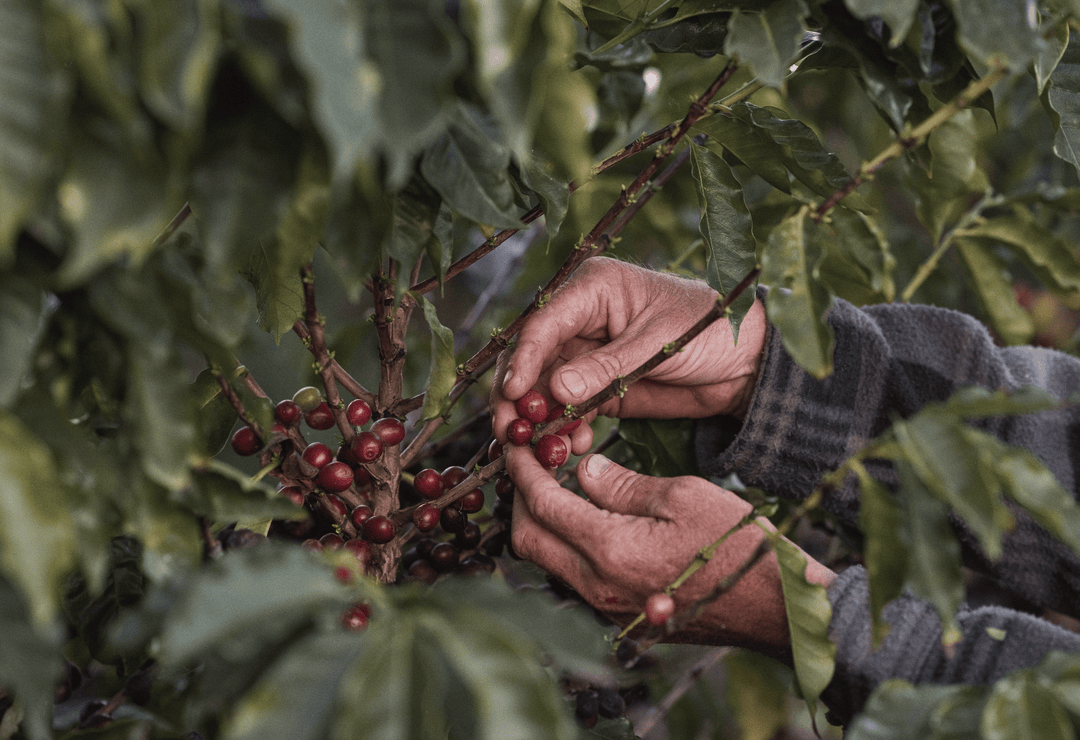Why Coffee Roasting Levels Matter: A Guide to Perfecting Your Brew
Coffee enthusiasts often find themselves chasing the perfect cup—a quest that leads directly to understanding the nuances of coffee roasting. At Margaret River Roasting Co., we believe that the key to a great coffee experience lies not only in the quality of the beans but also in how they're roasted. Here’s an in-depth look at why different roasting levels are crucial and how they transform the humble coffee bean into your favourite morning ritual.
The Science of Coffee Roasting
Coffee roasting is an art form guided by science. During roasting, green coffee beans undergo significant physical and chemical changes. As they are exposed to heat, the beans lose moisture, and complex chemical reactions occur. These reactions develop the bean's flavours and aromas, defining the character of your coffee.
Also read: The Science of Coffee Roasting: An In-depth Look
Roasting Levels Explained
Light Roast
Lightly roasted coffee beans are removed from the roaster just after the first crack—a point when the beans have popped and expanded in size. This roast level is perfect for highlighting the bean’s original character, especially its floral, fruity, and acidic notes. Coffees from regions like Ethiopia and Kenya shine under a light roast, as it allows their delicate, complex flavours to take centre stage.
Medium Roast
As the name suggests, medium roasts are brown in colour and have no oil on the surface. These beans are roasted beyond the first crack but stopped before reaching the second crack. This level is ideal for balancing acidity and body, providing a nice harmony between the bean’s natural flavours and the caramel sweetness produced by the roasting process. Medium roasts are popular for their versatility, offering more body than light roasts without overpowering the beans’ inherent notes.
Dark Roast
Darkly roasted coffee beans have a shiny, oily surface and are roasted until after the second crack. This roast level emphasises deeper, bolder flavours with reduced acidity. The beans’ natural flavours might be overshadowed by the flavours of the roasting process, which include smoky, spicy, or chocolatey notes. Dark roasts are typically used for strong, powerful coffees like espresso.
The Perfect Brew: Coffee Roasting Tips from Margaret River Roasting Co.
Why Roast Levels Matter
The choice of roast level affects not only the taste but also the coffee's body, acidity, and overall flavour profile. By varying the roast level, roasters can accentuate specific characteristics of the coffee bean, influenced by its origin, variety, and processing method.
Our Coffee Roasting Philosophy
At Margaret River Roasting Co., we tailor our roasting methods to enhance each bean's unique attributes. By working closely with our roasters and utilising precise roasting techniques, we ensure that every batch we produce maximises the potential of the beans. Our commitment is to deliver coffee that is never bitter or burnt but instead is a true representation of the bean’s origin and our craftsmanship.
Experience the Difference
Ready to explore the diverse world of coffee? Join our coffee subscription service and let us bring the nuances of well-roasted coffee right to your doorstep. Each batch reflects our dedication to quality and our passion for delivering an exceptional coffee experience.




Leave a comment